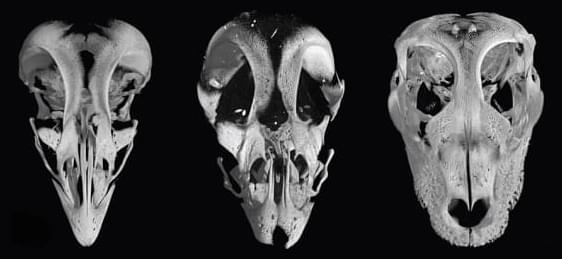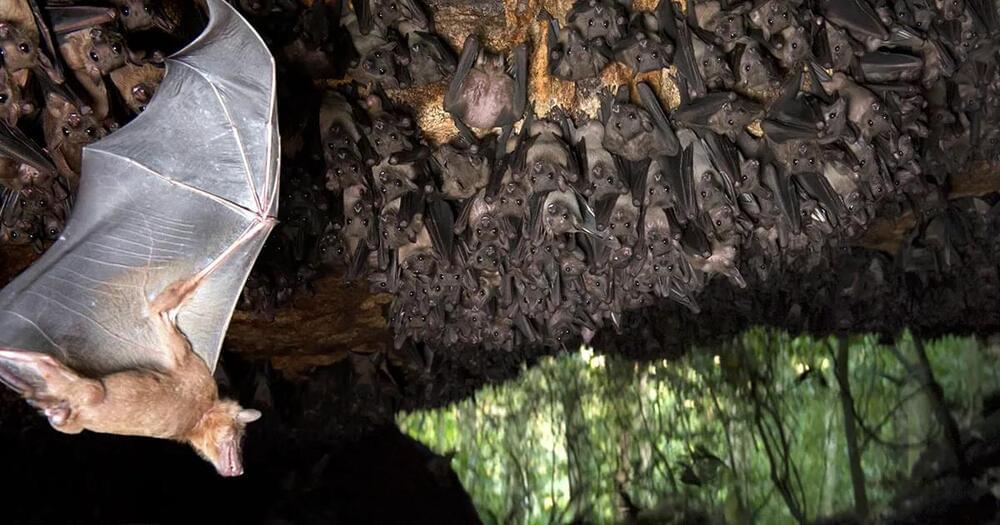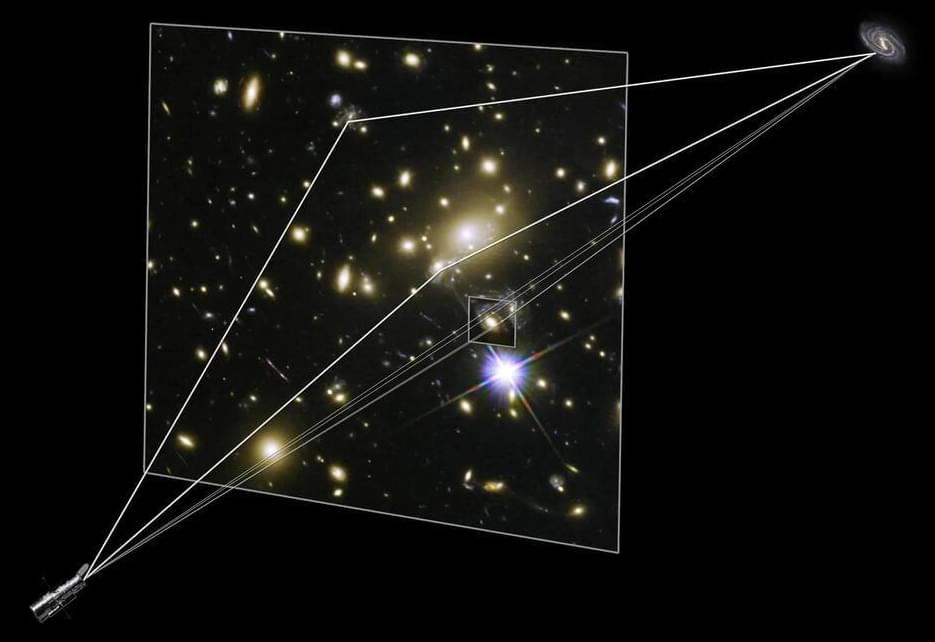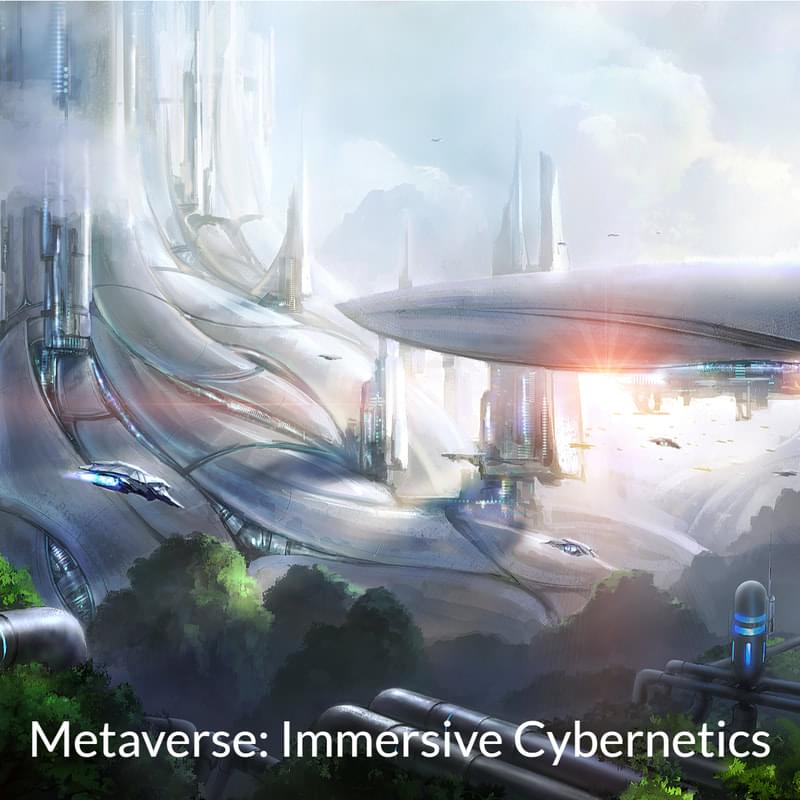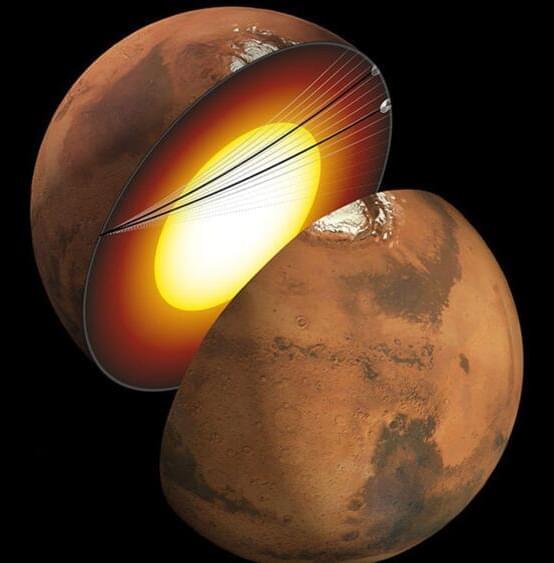Nov 6, 2023
Unveiling the Secrets of Alien Worlds: The Jurassic-Era Clue That Could Be Key to Finding Habitable Exoplanets
Posted by Saúl Morales Rodriguéz in categories: alien life, chemistry, evolution, sustainability
Things may not have ended well for dinosaurs on Earth, but Cornell University astronomers say the “light fingerprint” of the conditions that enabled them to emerge here provide a crucial missing piece in our search for signs of life on planets orbiting alien stars.
Their analysis of the most recent 540 million years of Earth’s evolution, known as the Phanerozoic Eon, finds that telescopes could better detect potential chemical signatures of life in the atmosphere of an Earth-like exoplanet.
An exoplanet (or extrasolar planet) is a planet that is located outside our Solar System, orbiting around a star other than the Sun. The first suspected scientific detection of an exoplanet occurred in 1988, with the first confirmation of detection coming in 1992.

